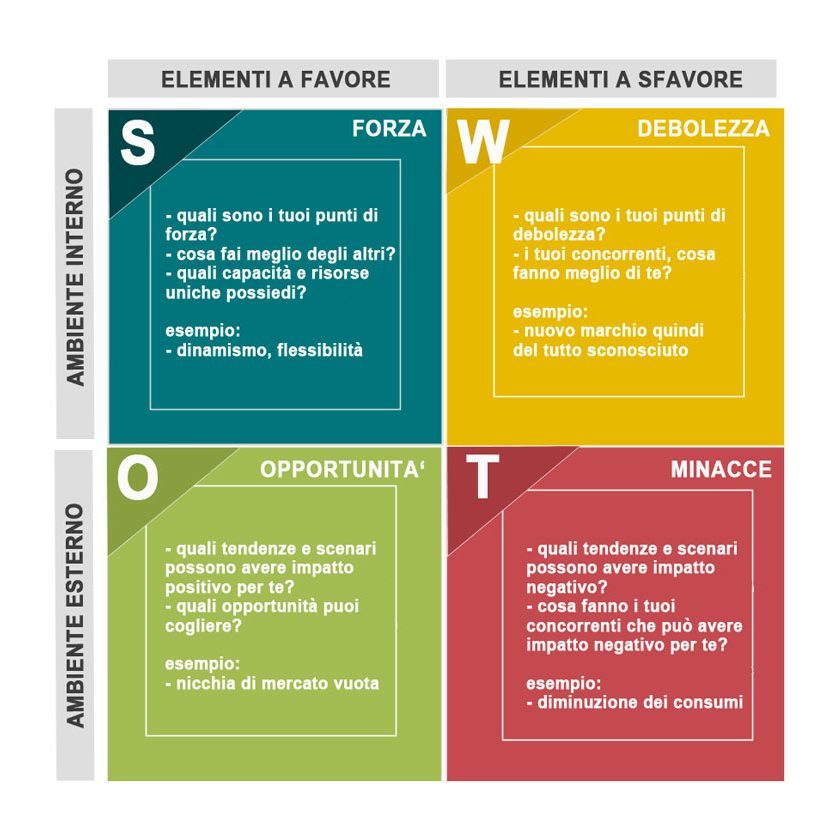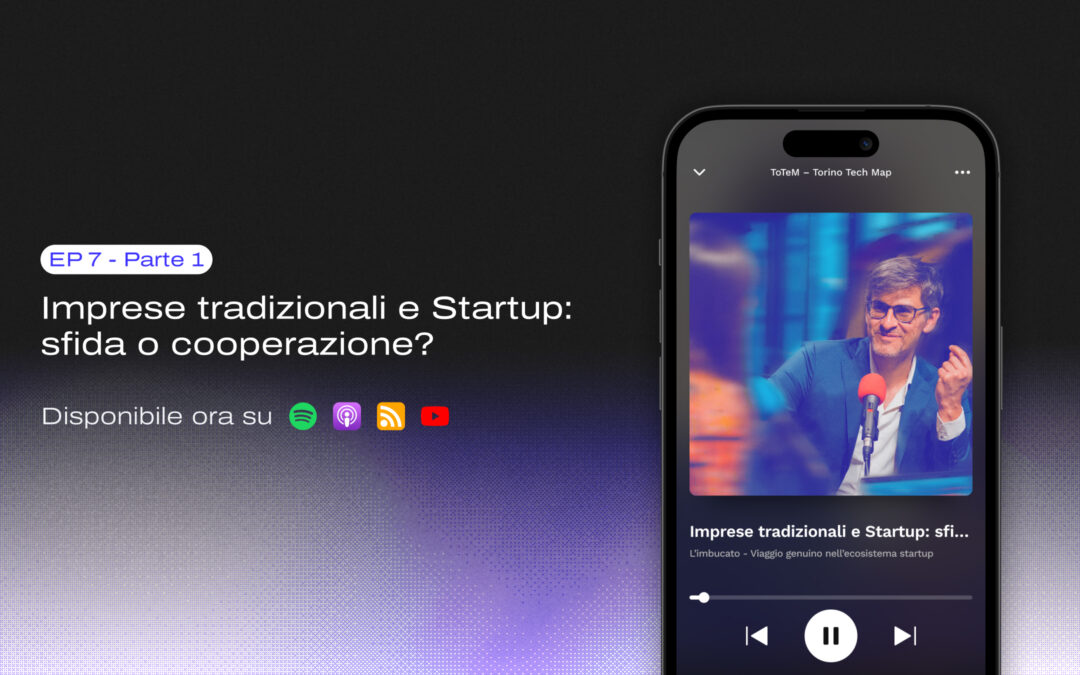Market analysis
(5-6 pp.)
Market macroanalysis
Explain which is the target market of the product / service that has been identified, the size, the growth potential, any barriers to entry. Proceed with a PESTEL analysis of the political, legislative, economic, sociological, cultural and demographic factors that govern and determine its trend.
Market microanalysis
Illustrate the profile of the first customers and market segments that have identified themselves as recipients of the product / service offer of your business, indicating the size. Identify what need you intend to respond to and how this will drive the customer to purchase the product / service. Indicate propensity to buy, availability of spending, purchasing habits, etc. Identify which market segments could be addressed as recipients of the offer in the future.
It can be useful to build customer personas, ideal customer profiles (hypothesize 3-4 at most with different demographic profiles) that represent the different aspects of the need to which it is intended to respond and the relative benefits that they can derive from choosing the product / service in question.
Competitive context analysis
(5-6 p.)
Competition
Identify the players on the market that offer products / services similar to those you intend to propose. Investigate and highlight the strengths and weaknesses of the main competitors, their skills and the technologies they own.
To evaluate:
- number of competitors;
- size of competitors;
- variety of their product / service portfolio;
- cost analysis for supplier change;
- possibility of vertical / horizontal integration;
- presence of economies of scale and scope.
It is possible to close the section by inserting comparative matrices of competitors (there are various models: Crowd Grid, BCG matrix, Ansoff matrix) and matrices that relate the attractiveness of the sector and the competitive capacity (e.g. McKinsey matrix or General Electric matrix) .
Competitive advantages and sustainability of the business model
Define the defensibility of your competitive advantage by indicating whether it is:
- differentiation advantage (the product / service offered is better than that offered on the market by competitors as it possesses unique characteristics not found in any product / service offered by competitors);
- cost advantage (it is possible to incur lower costs than those faced by competitors);
- both advantages.
Illustrate what are other critical success factors that a company operating in the sector to which you intend to apply can exercise and how you plan to obtain and maintain them (eg patents, trademarks, agreements with suppliers, agreements with distributors, etc ...).
SWOT analysis
Insert a matrix indicating the Forces (Strenghts), Weaknesses (Weaknesses), Opportunity (ORpportunities) and Threats (T.hreats) that could affect the success or failure of the project.










